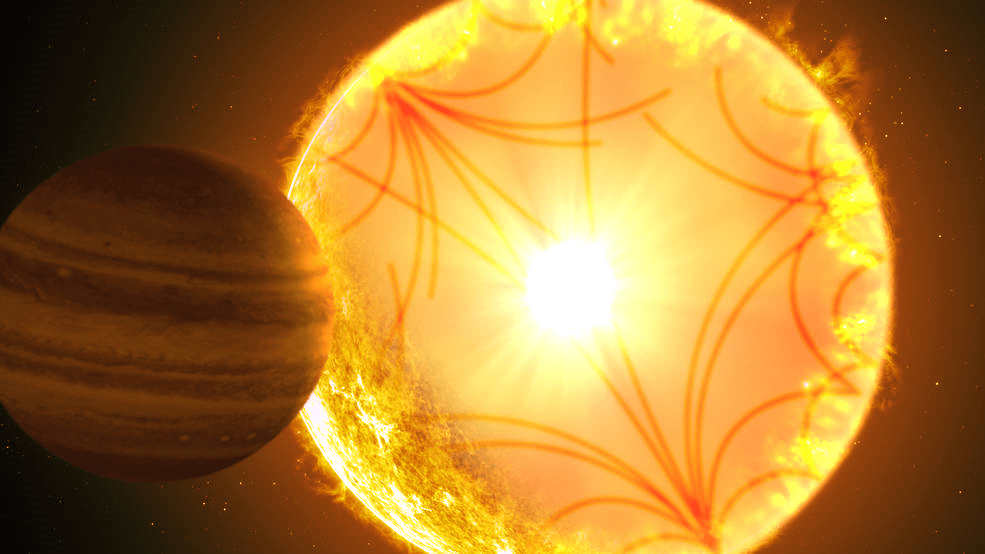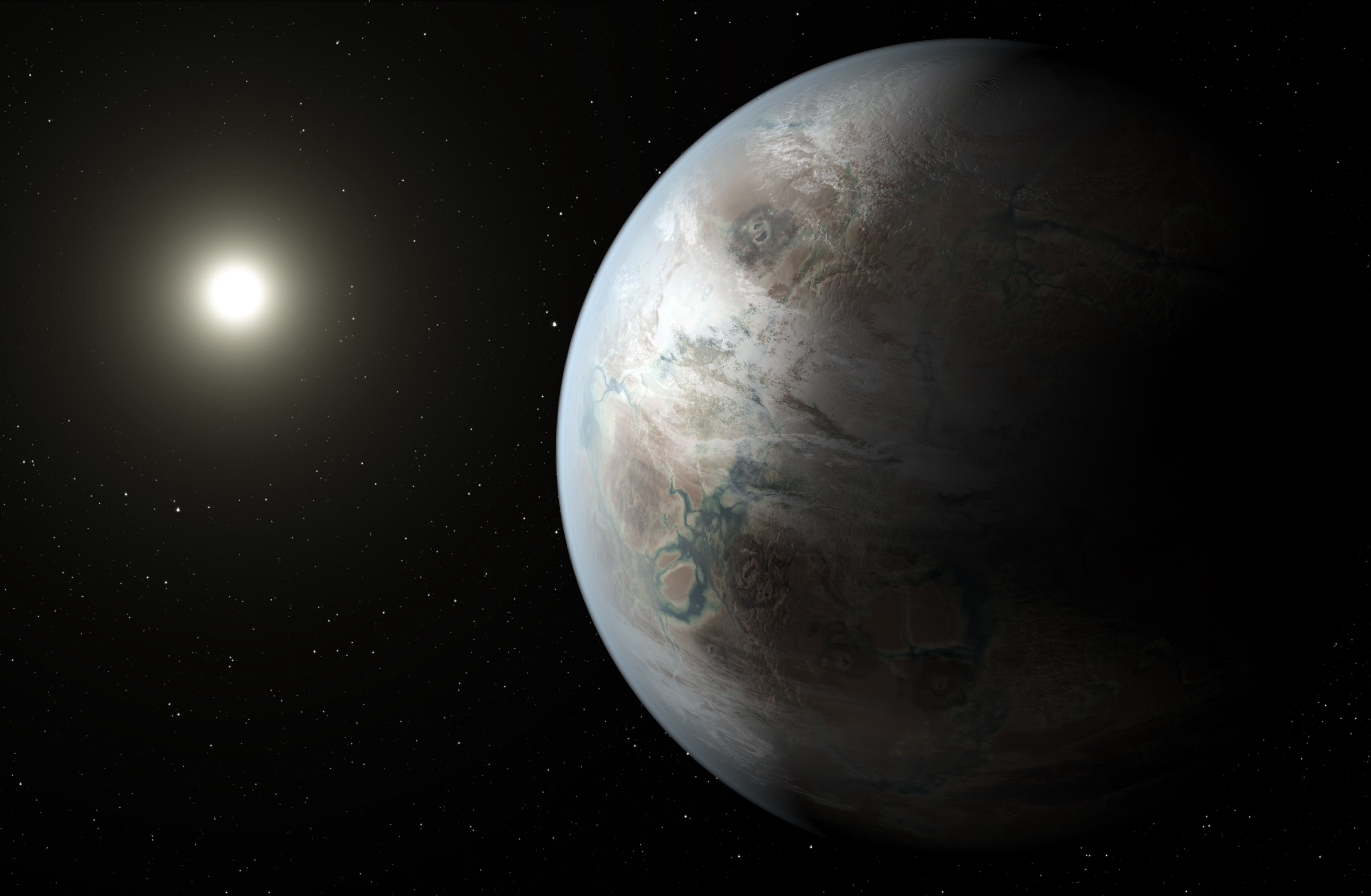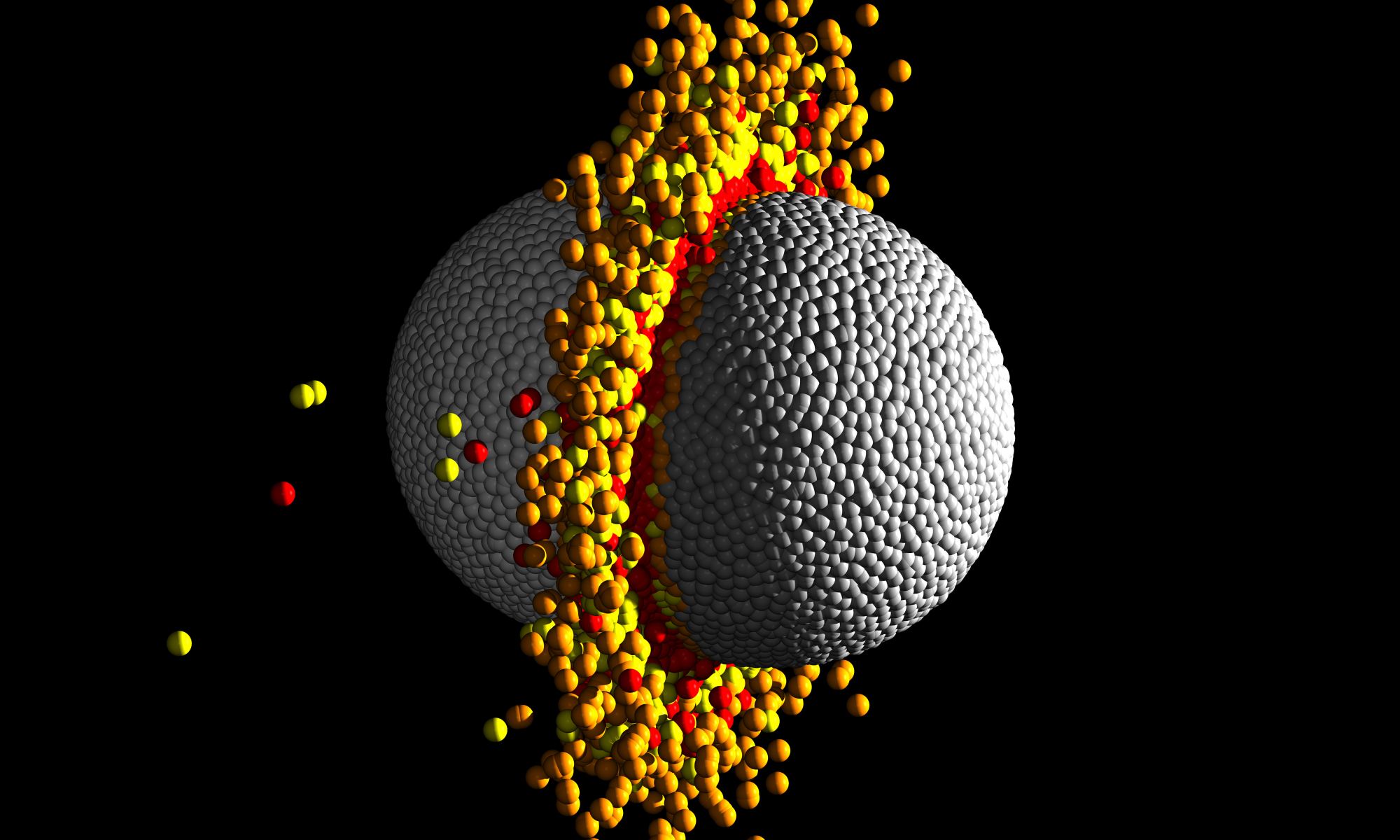Looking to the future, NASA and other space agencies have high hopes for the field of extra-solar planet research. In the past decade, the number of known exoplanets has reached just shy of 4000, and many more are expected to be found once next-generations telescopes are put into service. And with so many exoplanets to study, research goals have slowly shifted away from the process of discovery and towards characterization.
Unfortunately, scientists are still plagued by the fact that what we consider to be a “habitable zone” is subject to a lot of assumptions. Addressing this, an international team of researchers recently published a paper in which they indicated how future exoplanet surveys could look beyond Earth-analog examples as indications of habitability and adopt a more comprehensive approach.
Continue reading “Which Habitable Zones are the Best to Actually Search for Life?”








